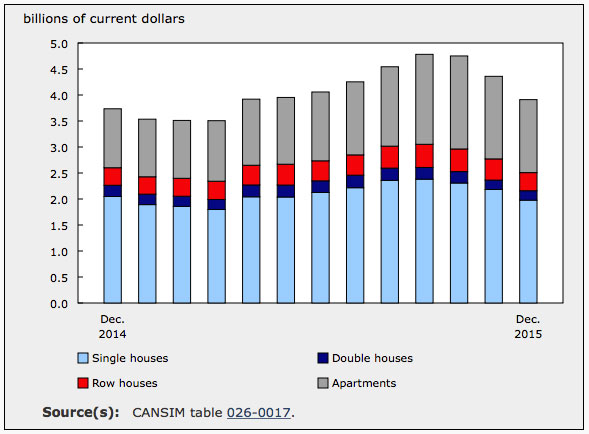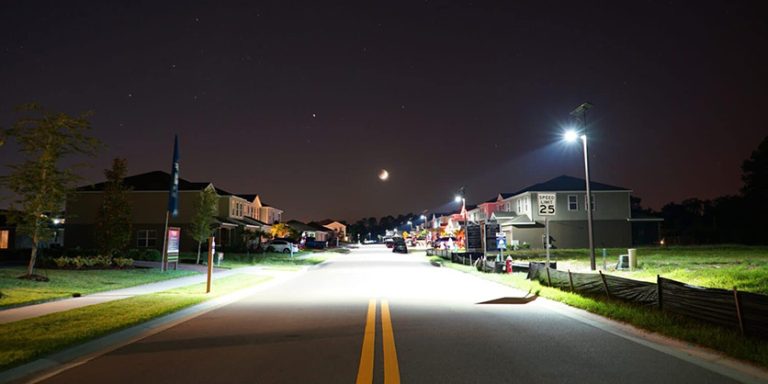Residential Construction Rises 4.8% in December YOY

Feb 26, 2016
Spending on new residential building construction totalled $3.9 billion in December, up 4.8% from the same month a year earlier.
The increase came mainly from higher investment in apartment and apartment-condominium building construction, up 23.9% year over year to $1.4 billion. Spending on row house construction also contributed to the advance, up 3.4% to $348 million. Conversely, investment in single-family dwellings fell 3.4% year over year to $2.0 billion.
Spending on semi-detached dwelling construction declined 16.2% to $181 million.
At the provincial level, Ontario, British Columbia and Quebec reported the largest increases.
In Ontario, spending on new residential construction rose 23.1% compared with December 2014 to $1.5 billion in December. Higher investment in the construction of single-family dwellings as well as apartment and apartment-condominium buildings largely explained the advance.
In British Columbia, investment in new residential construction increased 12.6% from the same month a year earlier to $713 million in December. The gain was attributable to higher spending on apartment and apartment-condominium buildings, single-family dwellings and row houses.
In Quebec, investment grew 3.1% year over year to $611 million. Increased spending on apartment and apartment-condominium building construction more than offset lower investment in single-family housing, semi-detached dwellings and row houses.
In contrast, Alberta registered the largest decline in spending on new housing construction in December, followed by Saskatchewan and Manitoba.
















